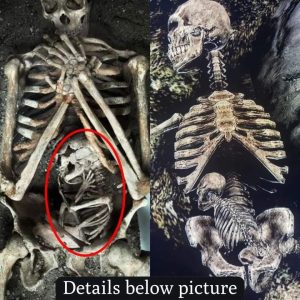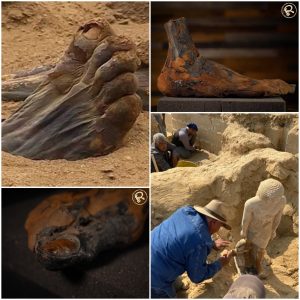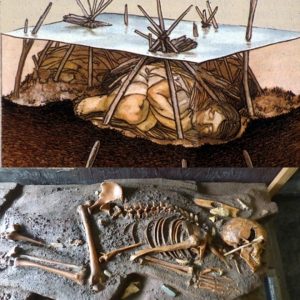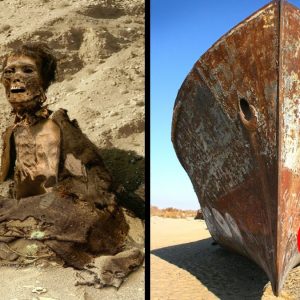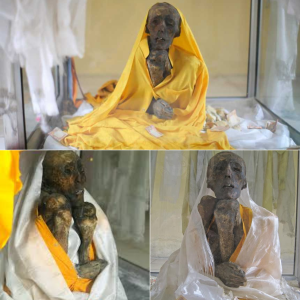In the grand narrative of human history, there exist moments that stand as pivotal junctures, where our understanding of civilization takes a dramatic turn. These moments, like fragments of a hidden puzzle, reveal the unseen layers of our past, reshaping the tapestry of human civilization. Today, we embark on a journey to unravel one such revelation, delving deep into the annals of time to explore the startling discoveries that challenge our conventional wisdom.
Throughout the ages, historians and archaeologists have pieced together the story of human civilization through artifacts, texts, and remnants left behind by our ancestors. Yet, there are gaps in this narrative, shadows cast by the passage of time that obscure our vision of the past. It is within these shadows that the most profound revelations often lie, waiting to be unearthed by those brave enough to venture into the unknown.
Our journey begins with a discovery that sends shockwaves through the academic world, shattering preconceived notions of ancient societies and their capabilities. In a remote corner of the globe, archaeologists unearth a city unlike any seen before, its architecture and infrastructure defying the norms of its time. This ancient metropolis, once lost to the sands of time, now emerges as a testament to the ingenuity and sophistication of our ancestors.
As we delve deeper into the ruins of this enigmatic city, we uncover clues that challenge the very foundations of our understanding of human history. Advanced engineering techniques, intricate artworks, and evidence of complex societal structures paint a picture of a civilization far more advanced than previously believed. The keyword “civilization” echoes through the corridors of history, inviting us to reconsider our assumptions about the capabilities of ancient peoples.
But the revelations do not end there. As archaeologists peel back the layers of time, they reveal connections between this ancient civilization and others scattered across the globe. Trade routes that span continents, cultural exchanges that transcend borders, and shared technological innovations hint at a level of global interconnectedness previously thought impossible.
What emerges from this exploration is a new narrative of human history, one that transcends the boundaries of individual cultures and civilizations. It is a story of resilience, innovation, and the unbreakable spirit of humanity in the face of adversity. The keyword “history” takes on new meaning as we come to realize that our past is not a linear progression, but rather a tapestry woven from countless threads of human experience.
As we reflect on the revelations brought to light by this extraordinary discovery, we are reminded of the importance of embracing the unknown and challenging the status quo. Just as our understanding of the past continues to evolve, so too must our willingness to question, explore, and imagine what lies beyond the edges of our current knowledge.
In the end, it is this spirit of curiosity and discovery that drives us forward, propelling us towards new horizons of understanding and appreciation for the rich tapestry of human history. And as we continue to uncover the unseen layers of our past, we are reminded that the story of civilization is far from over – it is a journey that continues to unfold, revealing new mysteries and insights with each passing day.



